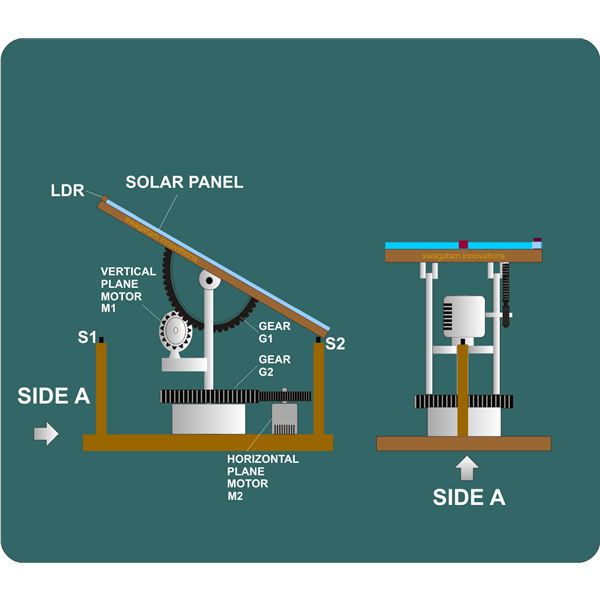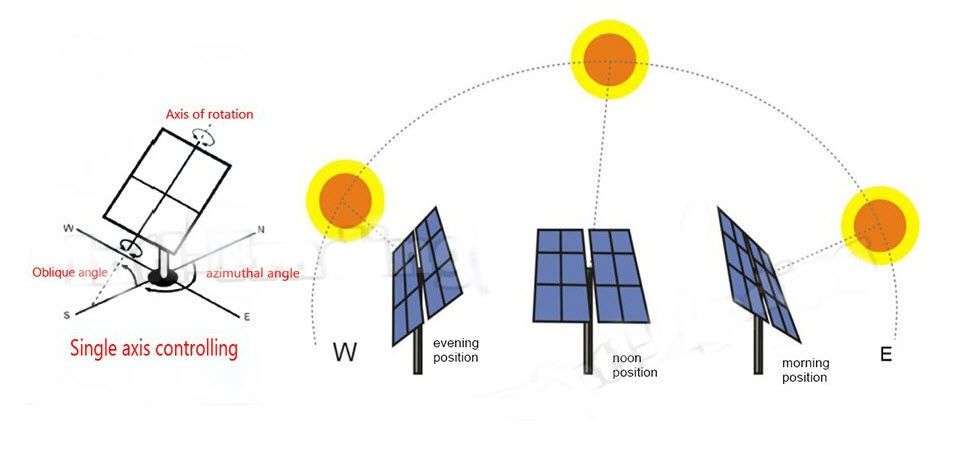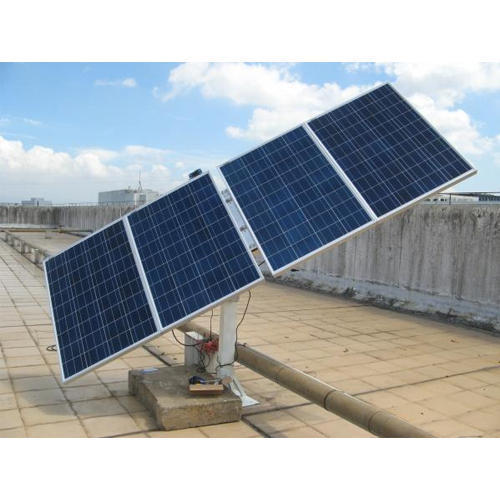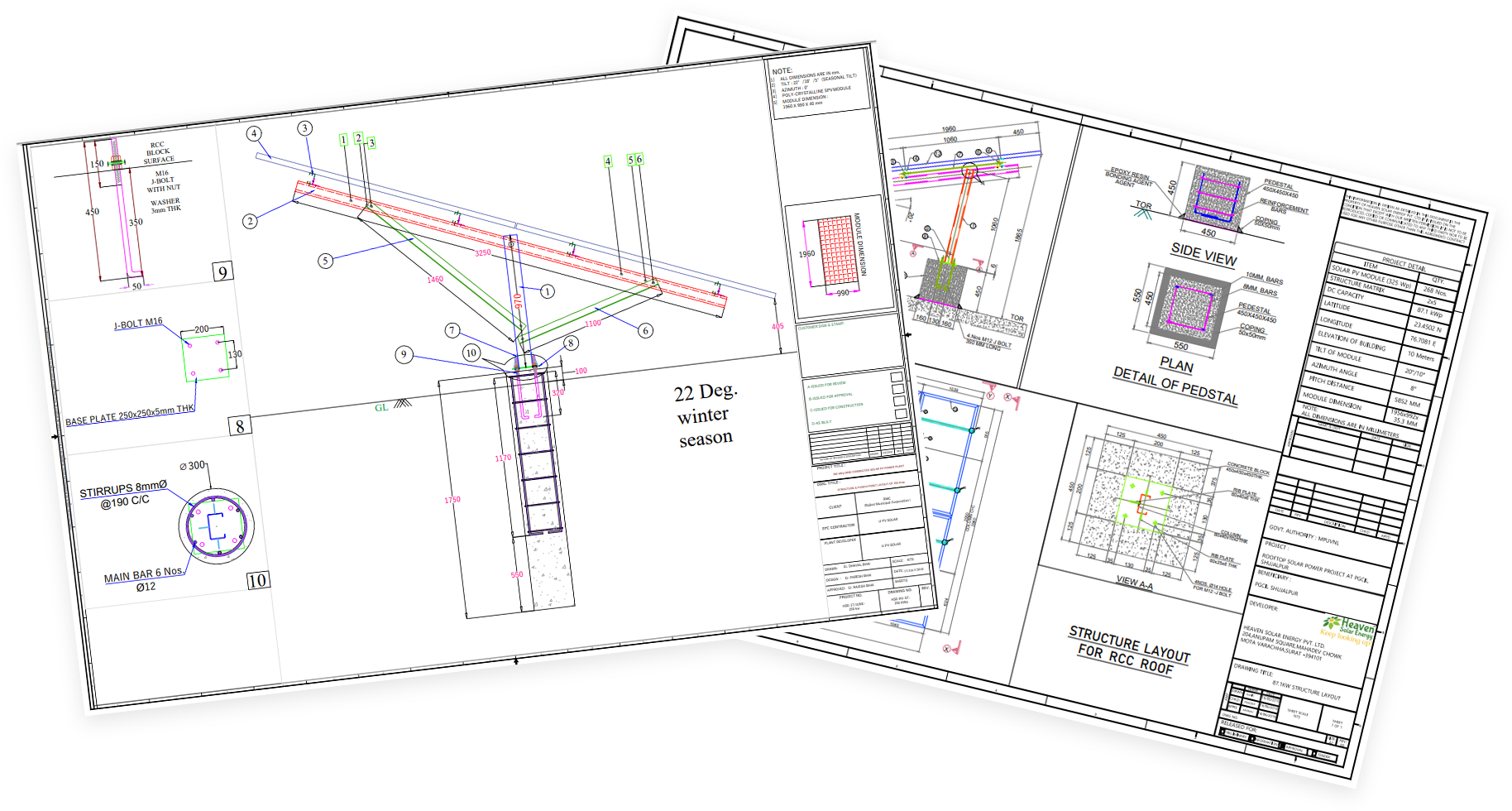Auto Tracking Solar Panels
In our previous articles, we have discussed types of solar panels and how do they work and the status of solar power in India. Now we are going to discuss a type of arrangement of solar panels. Till now, we have been talking about the inclination, arrangement, and maintenance of solar panels. But then it was thought that what if the solar panel’s motion is kept flexible? What if the solar panel similarly follows the sun as a sunflower does? Can it then increase its efficiency?
The solution to all of these questions leads to the invention of an auto-tracking solar panel. It is a device that pushes the solar panel in the direction where the intensity of sunlight is maximum. The tracking device includes many controllers like PLC, or small-scale projects include Arduino or AVR microcontrollers. And transducers like LDR. The logic behind this is that there are two sensors, each on one side of the panel. The intensity of light from both ends is given into a Microcontroller which produces a differential output. The motor then rotates the panel in the direction of maximum intensity.
Types of Solar Trackers:
1. Passive Trackers
Panels are filled with the gas having a low boiling point and is compressed. The fluid will be driven to a side of the solar panel as a result of intensity difference. Which would further cause an imbalance and result in a motion of the same?
2. Active Trackers

Solar panels accompanied by a gear, motor mechanism controlled by a microcontroller is called an active tracker. But these would indeed consume some power.
3. Single-axis Tracker

These have only a single degree of freedom. i.e., they have a single axis of rotation only. This axis is usually inclined towards the north meridian.
4.) Dual-axis Tracker

These have two degrees of freedom. There are two axes of rotations in this type of tracker. The axes are always inclined perpendicular to each other.
Advantages of Auto-Tracking Systems
- The output of the solar panel increases. This increase may be from 10% to 25%, or it can also reach up to 20-40% of the initial output.
- Since, for the same panel size, the output increases; hence, the efficiency of the system increases as well.
- High power generated compensates for the high cost of maintenance of the same.
Disadvantages of Auto-Tracking Systems
- These are more expensive than typical solar panels.
- The maintenance cost of moving parts increases.
- The system is complex. It cannot be installed at rooftops. Instead, they work well only at ground installments.
- These are quite sensitive to climatic conditions. These are usually made for nearly ideal climatic conditions only.
Hence, if the power requirements are not extreme, and the system is not on a large scale, auto-tracking devices must be avoided. But if power is a major concern and the cost can be sacrificed, auto trackers turn out to be superior.



1 Comment
Tejas Pankhania · August 22, 2018 at 9:49 PM
Amazing writeup!
Nice info
Comments are closed.